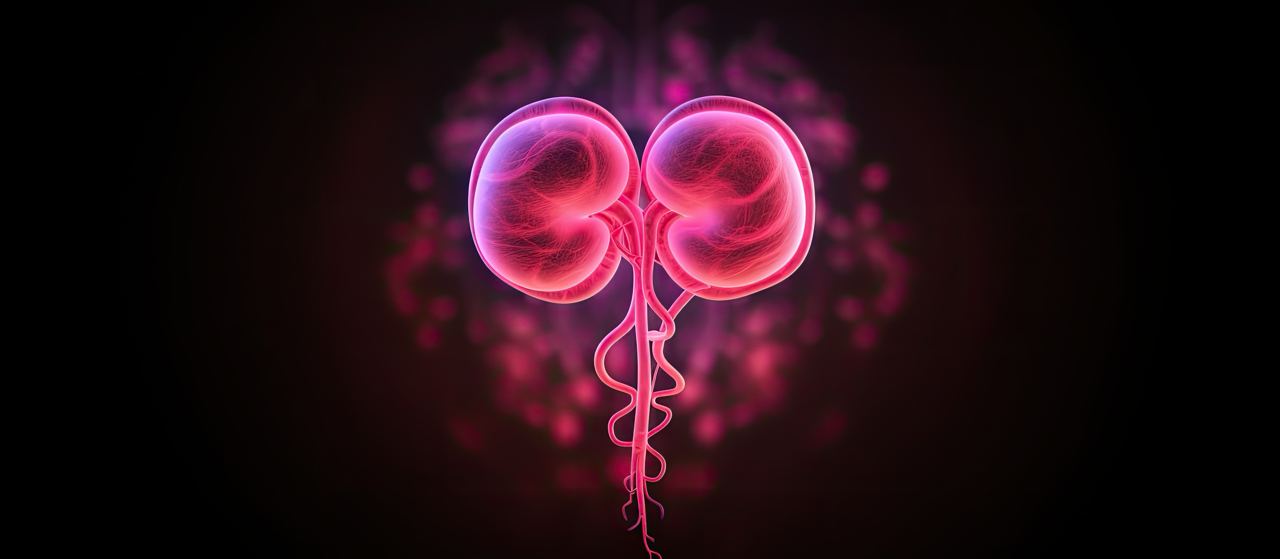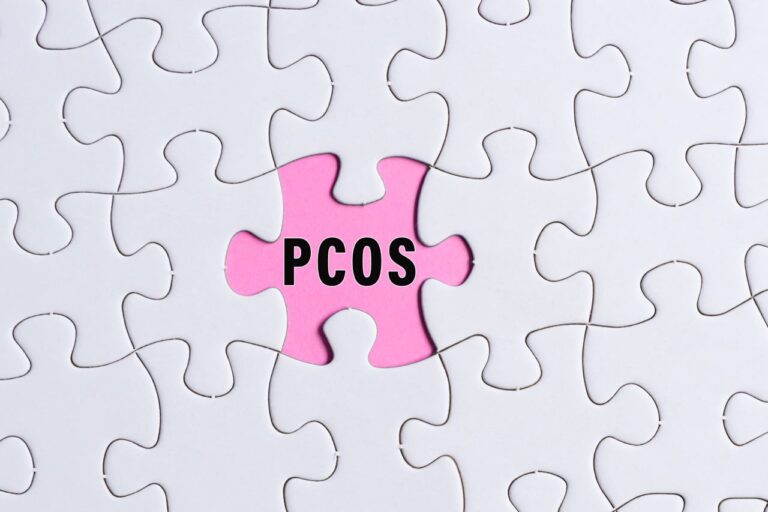Guardians of the Kidneys: GLP-1 Agonists and the Unseen Shield of Renal Protection
In the intricate tapestry of diabetes management, where the threads of metabolic control weave alongside the delicate balance of organ health, GLP-1 agonists emerge as unsung heroes, extending their influence beyond glycemic control. As the spotlight shifts toward the kidneys, this exploration delves into the promising realm of renal protection offered by GLP-1 agonists, uncovering the potential benefits that reach far beyond the traditional boundaries of diabetes care.
The kidneys, often unsung workhorses of our internal ecosystem, face particular challenges in the context of diabetes. Diabetic kidney disease (DKD) stands as a formidable adversary, characterized by the gradual loss of kidney function and a heightened risk of cardiovascular complications. Enter GLP-1 agonists, originally designed to regulate blood sugar levels, but with an intriguing side story of renal protection waiting to be told.
The story begins with the intricate mechanisms by which GLP-1 agonists, mimicking the action of the glucagon-like peptide-1 hormone, weave their magic. Beyond the pancreas, these medications influence the kidneys, potentially slowing the progression of DKD. Research suggests that GLP-1 agonists may reduce inflammation, oxidative stress, and proteinuria – key players in the dance of kidney health.
As we navigate this uncharted territory, it becomes evident that the potential of GLP-1 agonists in renal protection extends beyond glycemic control. Early studies hint at a multifaceted impact, where these medications not only aid in preserving kidney function but also contribute to a reduction in cardiovascular risk – a dual benefit that echoes through the corridors of holistic healthcare. Real-world experiences offer glimpses into the practical application of this emerging narrative. Anecdotes of individuals experiencing a slower decline in kidney function, improved albuminuria levels, and a reduced need for interventions paint a vivid picture of the potential real-world impact of GLP-1 agonists on renal health.
Yet, as with any promising narrative, questions linger. The need for comprehensive research, exploring the nuances of different GLP-1 agonists, understanding long-term effects, and identifying the most effective strategies for renal protection becomes paramount. The complexity of renal physiology demands a thorough exploration, urging researchers and healthcare providers to collaborate in weaving a more detailed narrative.
In the journey of GLP-1 agonists and renal protection, individuals with diabetes find themselves at the crossroads of hope and uncertainty. The prospect of preserving kidney function, reducing the burden of diabetic complications, and embracing a more comprehensive approach to health becomes a beacon of optimism in the diabetes management landscape.
As the story of GLP-1 agonists and renal protection unfolds, it invites us into a realm of possibilities where the threads of metabolic control interlace with the delicate fabric of kidney health. The guardianship that these medications offer to the kidneys goes beyond glycemic control, heralding a new era in diabetes care – one where the unseen shield of renal protection becomes an integral chapter in the evolving narrative of holistic well-being.







